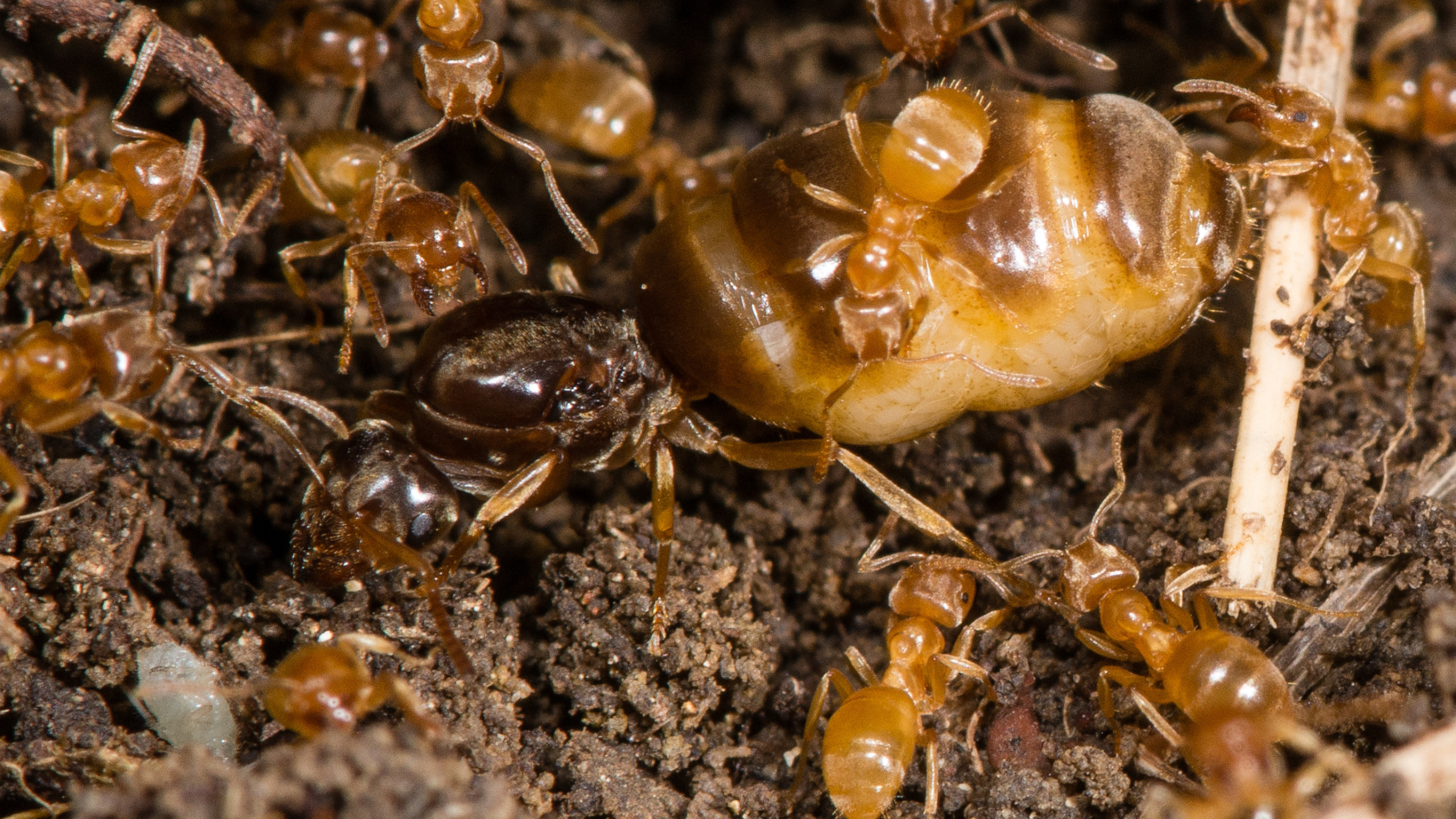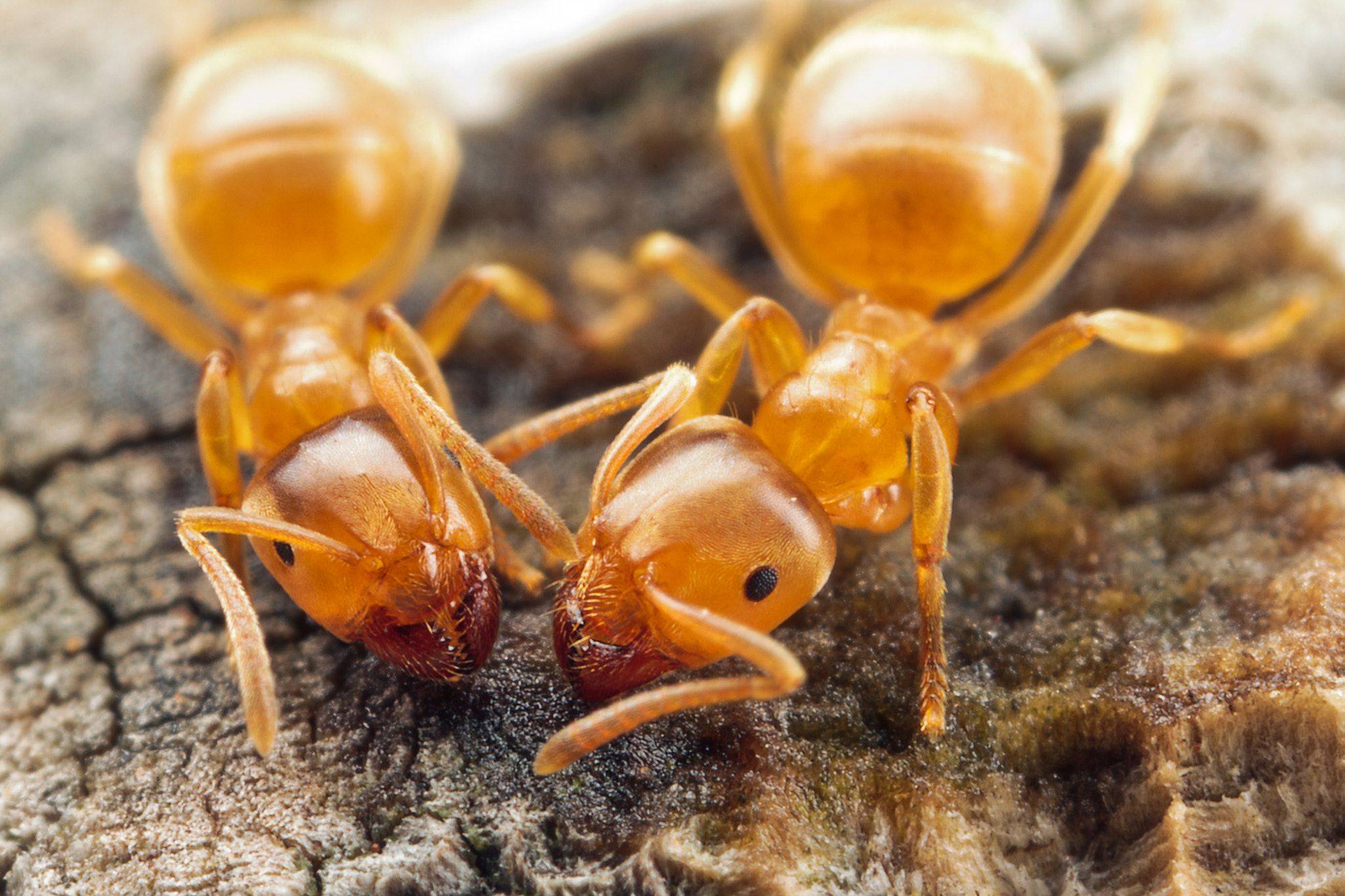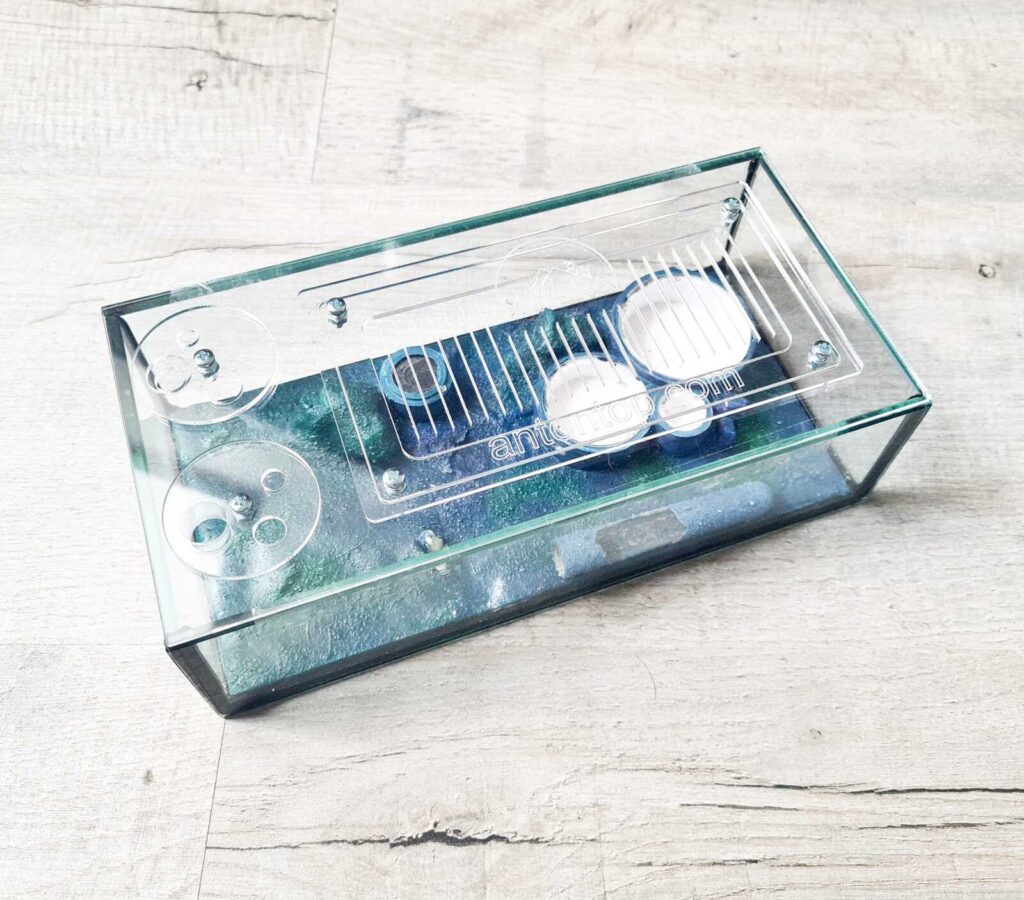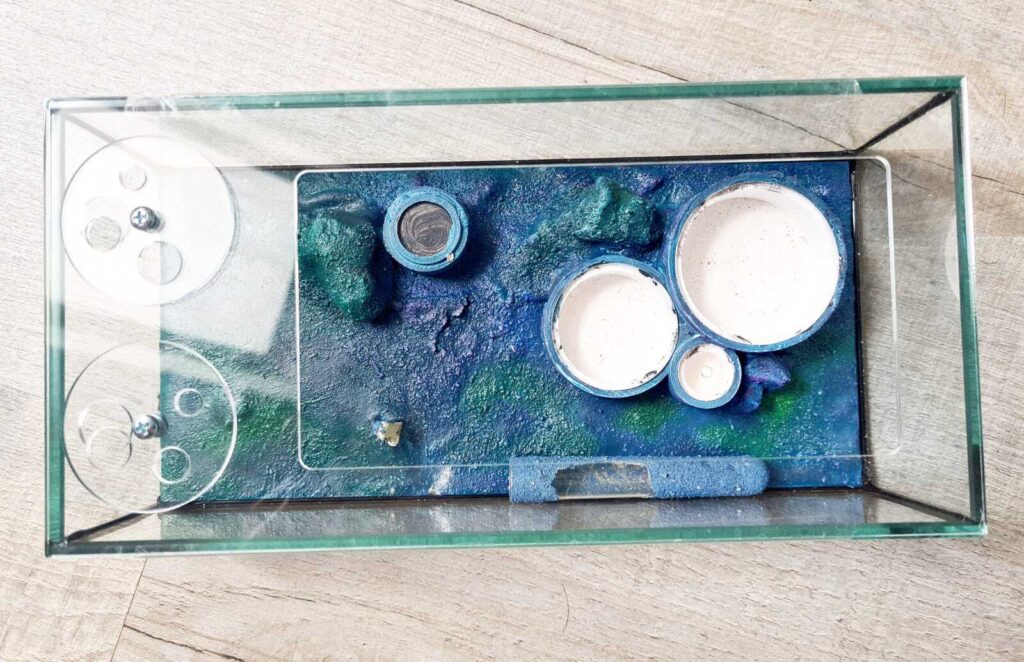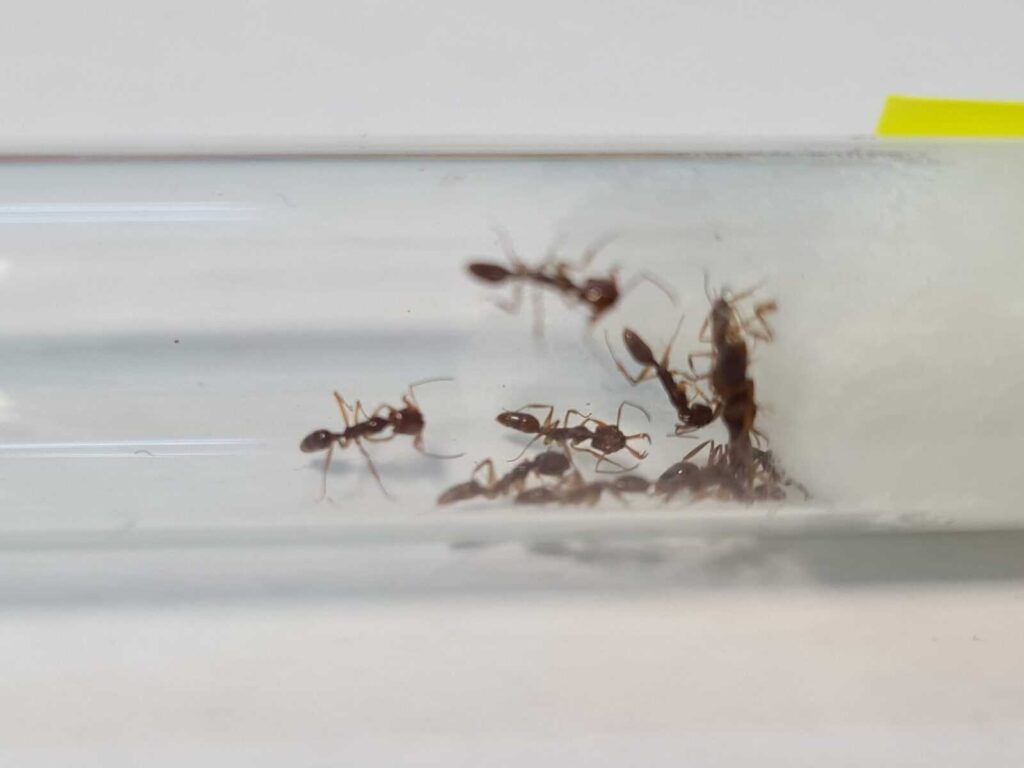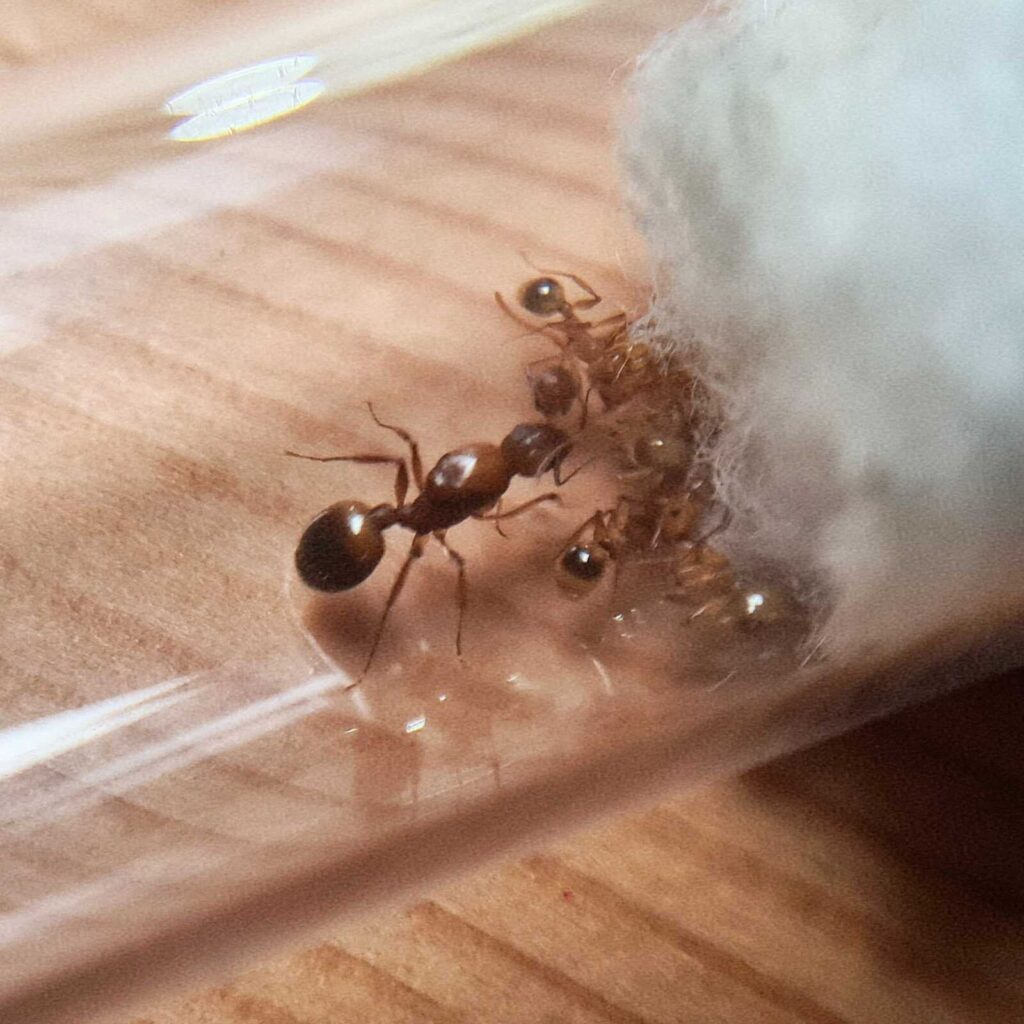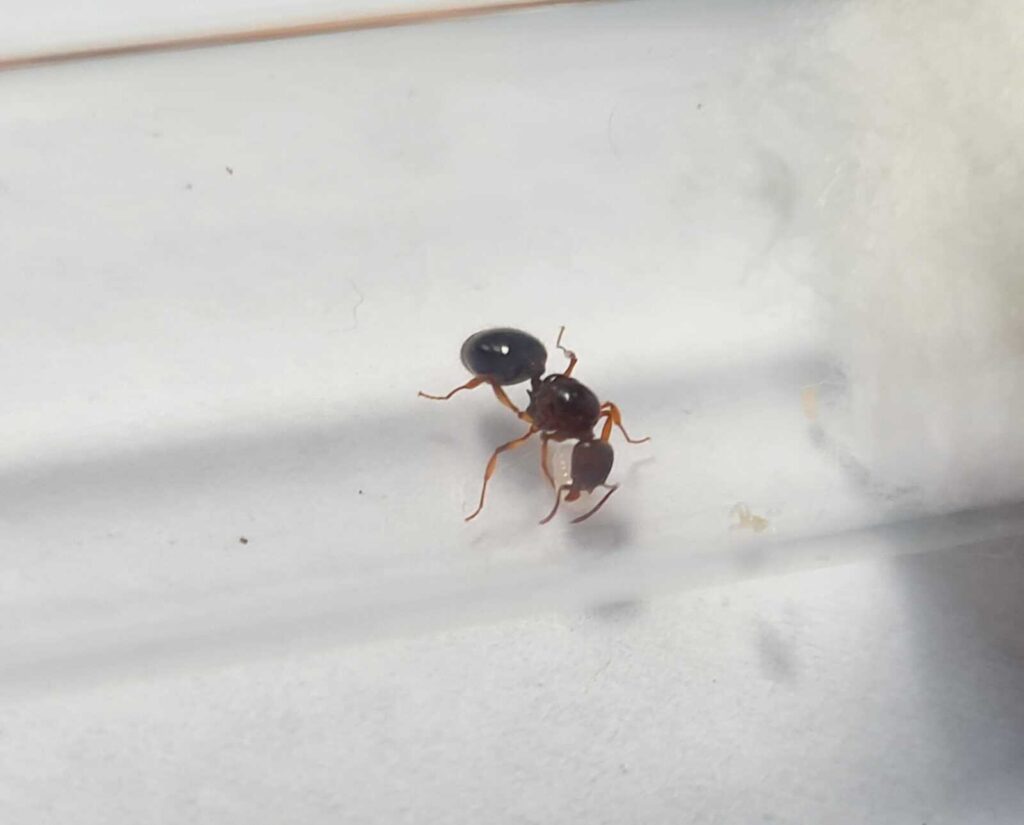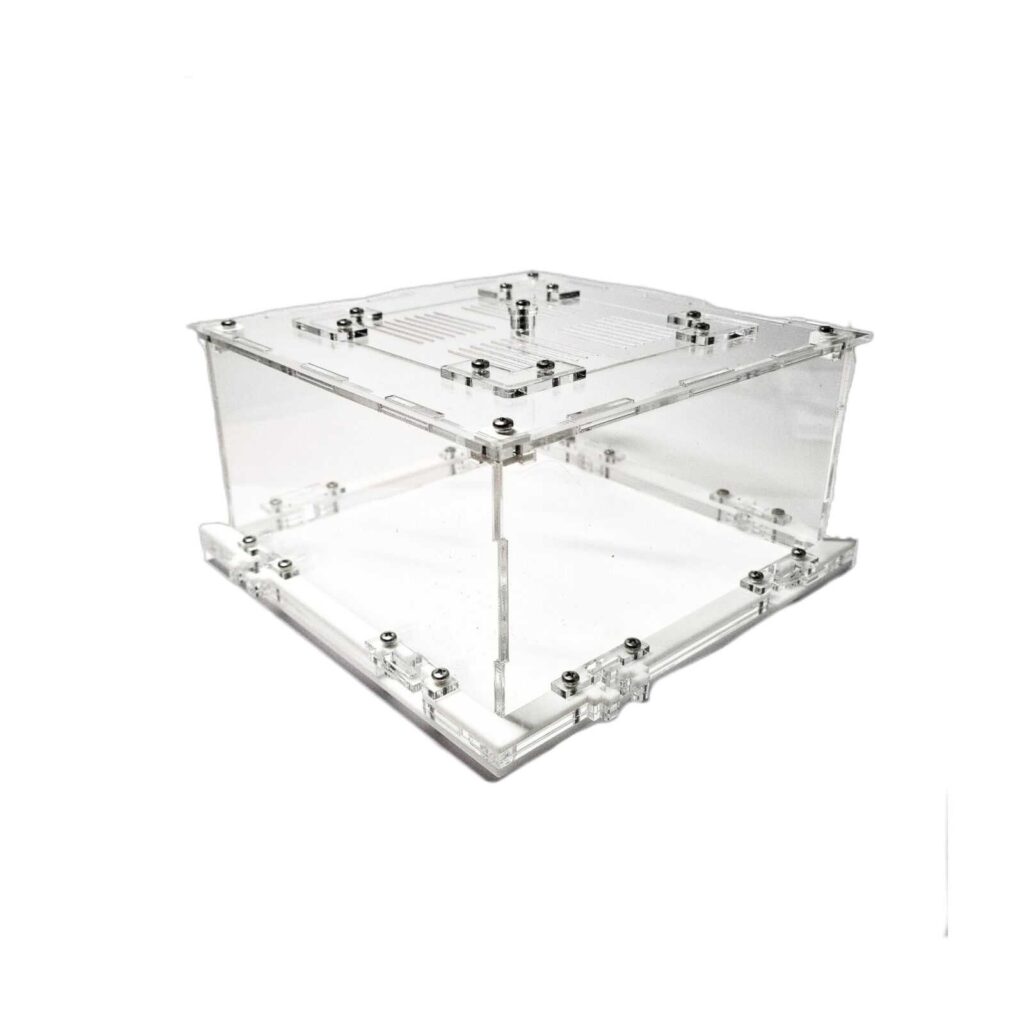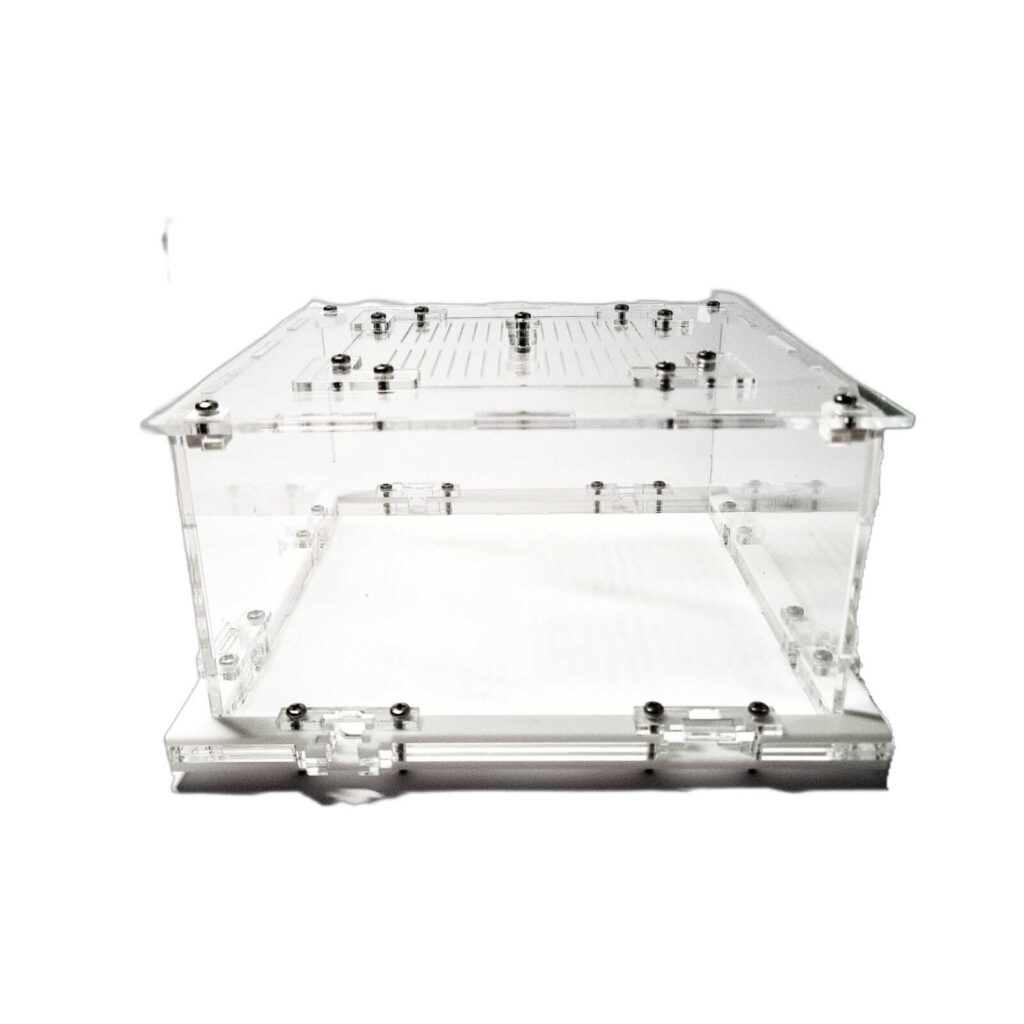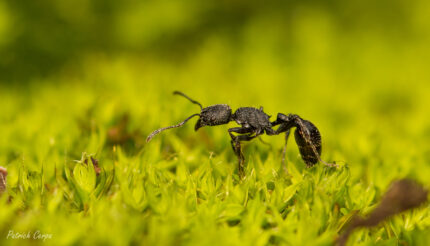
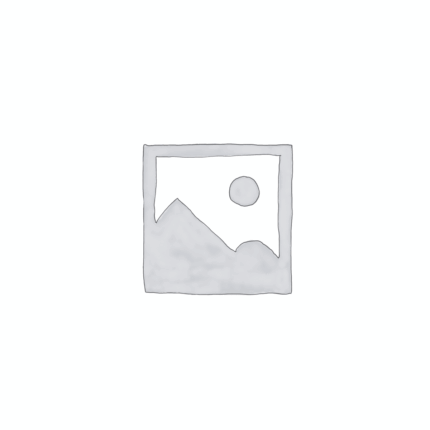
Lasius flavus
39,90 zł – 119,90 zł
Worldwide shipping
Free delivery over 500 PLN
The highest quality of goods
Live delivery guarantee
24/7 Personal Support
Fair Prices
Description
Lasius flavus is a peaceful, slow-growing species best suited for patient keepers who enjoy subtle colony dynamics over flashy surface activity. Their unique subterranean behavior, gentle disposition, and aphid-farming instincts make them a fascinating contrast to surface-foraging species like L. niger or L. alienus. Ideal for naturalistic setups and long-term observation, L. flavus offers a deep look into the hidden world beneath our feet.
Additional information
| Behavior | |
|---|---|
| Difficulty in breeding | |
| Origin | |
| The size of ants | |
| Wintering |
Lasius flavus
Colony Type: Monogyny (occasionally polygyny in the wild)
Colony Size: Up to 10,000–15,000 workers
Development Speed: Slow to medium
Size:
• Queen: 7–9 mm
• Workers: 2.5–4 mm
Diet:
Lasius flavus is primarily aphid-tending and subterranean, making it less responsive to surface feeding than species like L. alienus. However, in captivity, they accept a range of soft and safe food items:
• Insects: Pre-killed soft-bodied insects (e.g. fruit flies, roach nymphs, small mealworms)
• Sugar sources: Diluted sugar syrup or honey (4:1 water to sugar/honey ratio)
• Soft fruits: Mashed banana, apple, grape — in very small portions
• Protein jelly (formicarium-safe)
• Optional: Boiled egg yolk or unseasoned, cooked fish/meat (tiny portions)
They forage less visibly and prefer food close to the nest entrance. Clean up leftovers promptly to prevent mold.
Optimal Conditions:
• Humidity: Arena: 50–70% | Nest: 70–90%
• Temperature: Arena: 18–26 °C | Nest: 20–24 °C
• Diapause recommended: 2–3 months at 4–7 °C during winter — essential for long-term colony health and brood cycles
Species Overview:
Lasius flavus is a common Palearctic species found throughout Europe and parts of Asia. It prefers meadows, pastures, and open grasslands, where it builds extensive underground tunnel systems, often in sod or under rocks. Colonies are discreet, with very limited surface activity, as workers primarily tend root-feeding aphids in the soil.
These ants are easily recognized by their pale yellow to golden-orange color and relatively small size. Due to their underground lifestyle, L. flavus workers have reduced eyesight and rely heavily on pheromone trails and tactile communication.
Despite their shy nature, colonies are highly organized and can live for many years under proper care. Growth is slow, especially in the early years, but can reach impressive worker counts over time.
They thrive in test tube setups, Y-tong nests, and high-humidity formicaria with limited light exposure. A soil-based or semi-natural nest mimicking their subterranean habitat is ideal.


